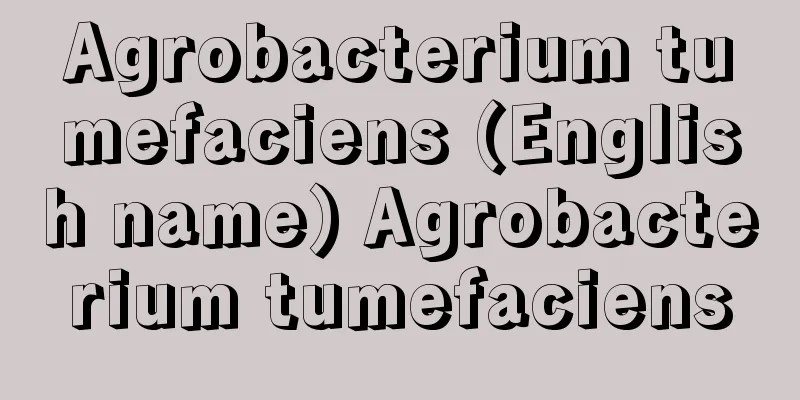Uho

|
〘Noun〙① (From the legend that King Yu of the Xia Dynasty of China traveled around the country to control floods, and eventually lost the ability to move his legs) The special way King Yu walked. [Xunzi's comment on Xizi - Non-symbolism] ② (From the fact that shamans imitated ① during divination and festivals) A way of walking in which the second step is not put in front of the first, and the third step is taken with the second step. In Japan, when nobles go out, they walk in the same way as onmyouji (magicians of the Onmyou era) chanting spells to ward off evil spirits and walking in a zigzag pattern. Henbai . ※Kanchukki - June 13, 1284 (Kōan 7), "Takano Ason of the Onmyou Head Country Visits, Yu Walks Back" ③ A person who cannot move his legs. [Warambegusa (1660)] ④ To walk with wide strides. [The History of the South - Biography of Chen Xianda] Source: The Selected Edition of the Japanese Language Dictionary About the Selected Edition of the Japanese Language Dictionary Information |
|
〘名〙① (中国の夏の禹王が、治水のため天下を経巡った結果、ついに足の自由がきかなくなったという伝説による) 禹王の特殊な歩き方。〔荀子注引尸子‐非相〕② (占いや祭のときに、巫者(ふしゃ)が①をまねたところから) 足を進めるときに、二歩めを一歩めより前に出さず、三歩めを二歩めの足で踏み出す歩き方。日本では、貴人の外出時、邪気を除くために陰陽家が呪文(じゅもん)を唱えて千鳥足で歩くのに従って歩くもの。反閇(へんばい)。※勘仲記‐弘安七年(1284)六月一三日「陰陽頭国高朝臣参進、禹歩退」③ 足の自由のきかない人。〔わらんべ草(1660)〕④ 大またで歩くこと。〔南史‐陳顕達伝〕
出典 精選版 日本国語大辞典精選版 日本国語大辞典について 情報 |
>>: Right Benkan Bureau - Ubenkankyoku
Recommend
Horowitz
A Ukrainian-born American pianist. One of the most...
Takatoin Temple
This is a subtemple of Daitoku-ji Temple, a Rinzai...
Kyrgyzstan [Autonomous Region] - Kirgis
…Official name = Kyrgyz RepublicKyrgyz Respublika...
Székely Bertalan
1835‐1910 Hungarian painter. After graduating from...
Carminative - Tips
〘Noun〙 A drug that promotes intestinal peristalsis...
Yoshiyoshi Oku
1857-1933 A gagaku musician and composer from the...
Gurage
...Ethiopia is home to 70-80 languages belongin...
The Story of El - The Story of El
...a political organization established in a loca...
Dinner ranch - Kankoubokujo
...Ranks can be classified according to their pur...
Ānandabājār Patrikā (English spelling)
A Bengali daily newspaper published in Calcutta. I...
Limbic system
The limbic system plays an extremely important rol...
Šumer (English spelling) Sumer
…The name of the central and southern part of the...
Kintoki (red snapper)
...A marine fish of the family Perciformes, famil...
《Red Grouper》 - Red Grouper
... The postwar Akahata was republished on Octobe...
Iron oxalate (iron oxalate)
Iron oxalates in the oxidation states II and III a...









